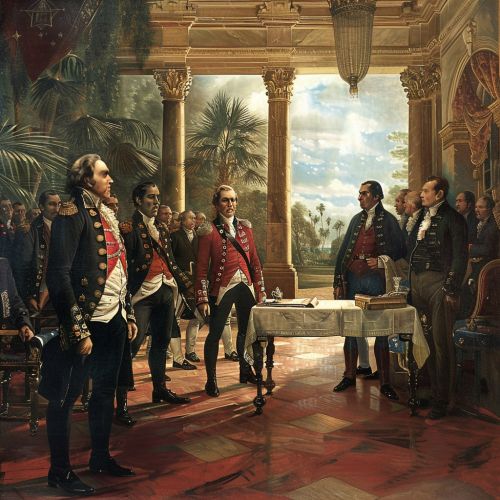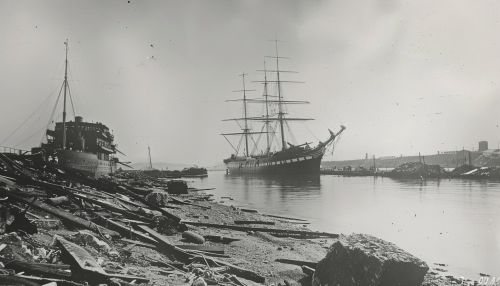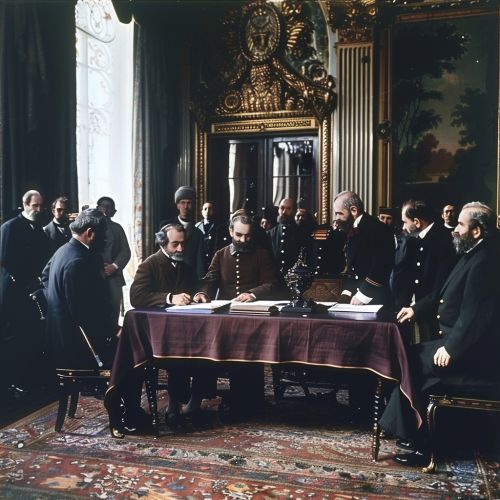Spanish-American War
Origins of the Conflict
The Spanish-American War was a conflict between the United States of America and Kingdom of Spain that took place from April to August 1898. The war was primarily fought over issues of colonial influence and the perceived need for the United States to assert its power on the international stage.


The origins of the conflict can be traced back to the late 19th century, when the United States began to expand its interests beyond its borders. The Monroe Doctrine, established in 1823, had long asserted the United States' opposition to European interference in the Americas. However, by the late 19th century, the United States was looking to expand its own influence in the region, particularly in Cuba and Puerto Rico, which were still under Spanish control.
The Cuban Rebellion and the USS Maine Incident
In 1895, a rebellion broke out in Cuba against Spanish rule. The United States, which had significant economic interests in Cuba, was drawn into the conflict. The Yellow Journalism of the time played a significant role in shaping public opinion in the United States, with newspapers such as the New York Journal and the New York World publishing sensationalized stories about Spanish atrocities in Cuba.
In February 1898, the USS Maine, an American battleship, exploded and sank in Havana Harbor. The cause of the explosion was never definitively determined, but the Yellow Press quickly blamed Spain, and the incident became a rallying cry for those advocating for war.


Declaration of War and Military Campaigns
On April 25, 1898, the United States declared war on Spain. The war was primarily fought in two theaters: the Caribbean and the Pacific.
In the Caribbean, the United States focused its efforts on the liberation of Cuba. The most significant battle in this theater was the Battle of Santiago de Cuba, which resulted in a decisive American victory and the surrender of the Spanish Caribbean Squadron.
In the Pacific, the United States targeted Spain's colonies in the Philippines and Guam. The Battle of Manila Bay, fought on May 1, 1898, was a decisive victory for the United States and marked the beginning of the end of Spanish colonial rule in the Pacific.
Treaty of Paris and Aftermath
The war officially ended with the signing of the Treaty of Paris on December 10, 1898. Under the terms of the treaty, Spain ceded Puerto Rico, Guam, and the Philippines to the United States, and Cuba was granted its independence.
The Spanish-American War marked a turning point in both American and Spanish history. For the United States, the war marked the country's emergence as a world power. For Spain, the war marked the end of its status as a colonial power.


